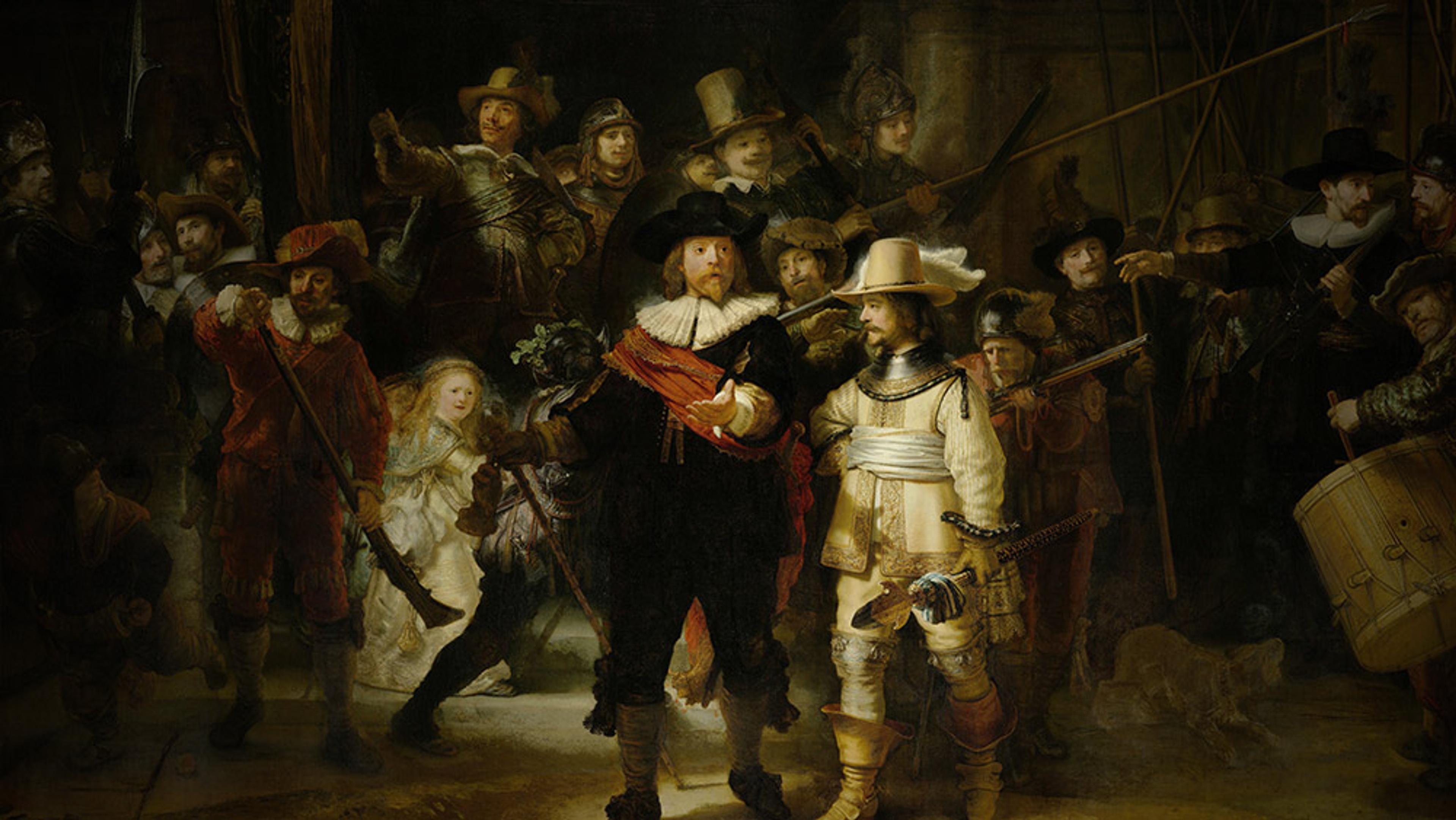Often thought of as the defining masterpiece of Spanish Baroque painting, Las Meninas (1656) by Diego Velázquez is also one of the most unusual and widely debated royal portraits in the history of art. In this instalment of the series Great Art Explained, the UK curator, gallerist and video essayist James Payne details how Velázquez evolved from a talented young painter with an almost photorealistic style to an influential artist with a style all his own and, as his breakdown of Las Meninas demonstrates, a master of perspective and light. With acute attention to detail, Payne places the work in the context of Spanish history, the evolution of art and Velázquez’s biography to draw out why the painting remains an enigma, while offering his perspective on the allure and the many mysteries it still holds, centuries later.
Detail from Las Meninas (1656) by Diego Velázquez. Courtesy the Museo del Prado
Why Diego Velázquez needed a lifetime to paint his enigmatic masterpiece
Video by Great Art Explained
14 November 2024

videoNature and landscape
After independence, Mexico was in search of identity. These paintings offered a blueprint
15 minutes
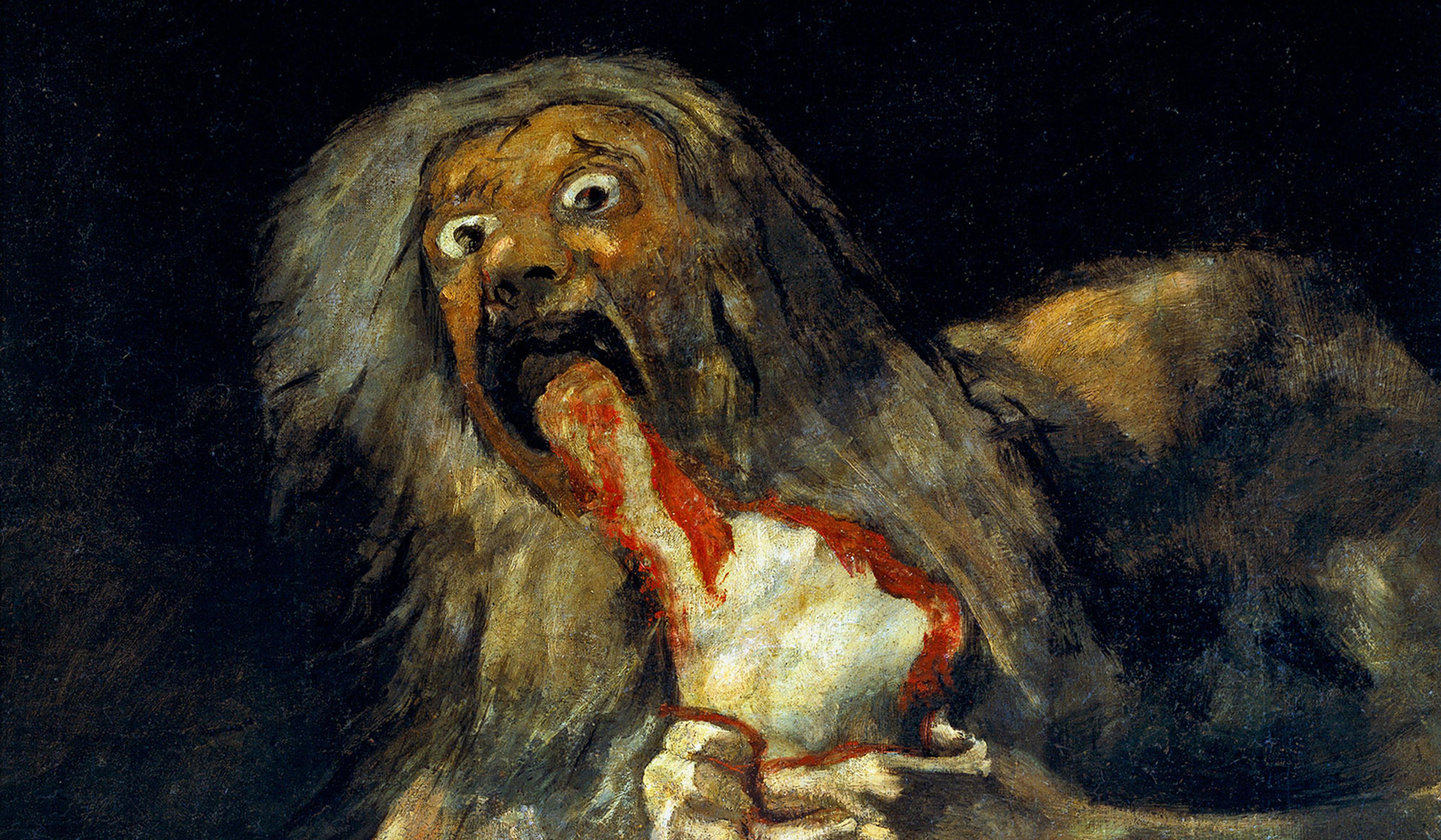
videoArt
Tracing Goya’s ‘dark’ journey from Spanish court painter to macabre visionary
51 minutes

videoBeauty and aesthetics
Not just a meme, but a masterpiece – why the Mona Lisa earns its exalted place in art
33 minutes
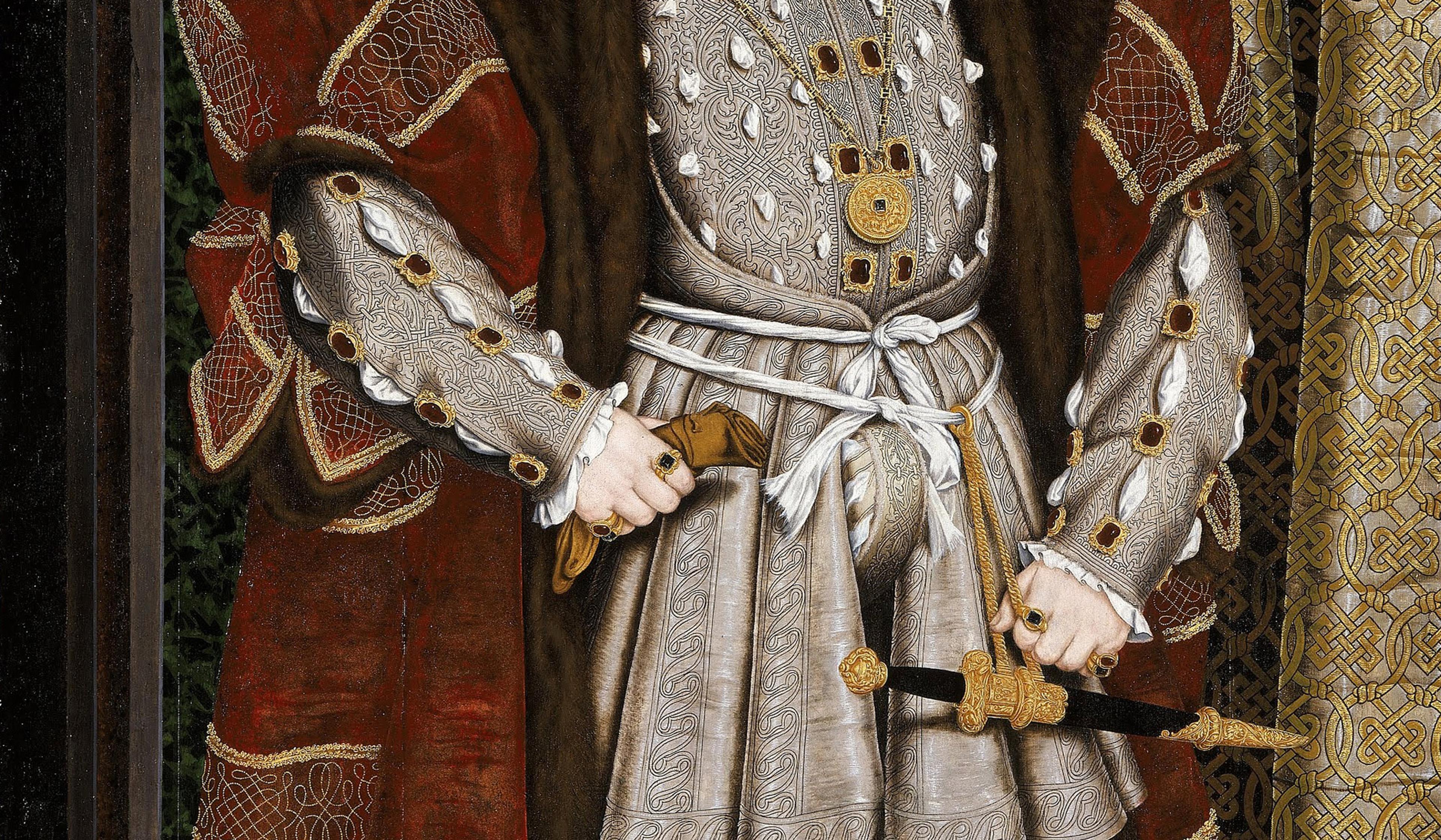
videoArt
Why a forcefully phallic portrait of Henry VIII is a masterful work of propaganda
6 minutes
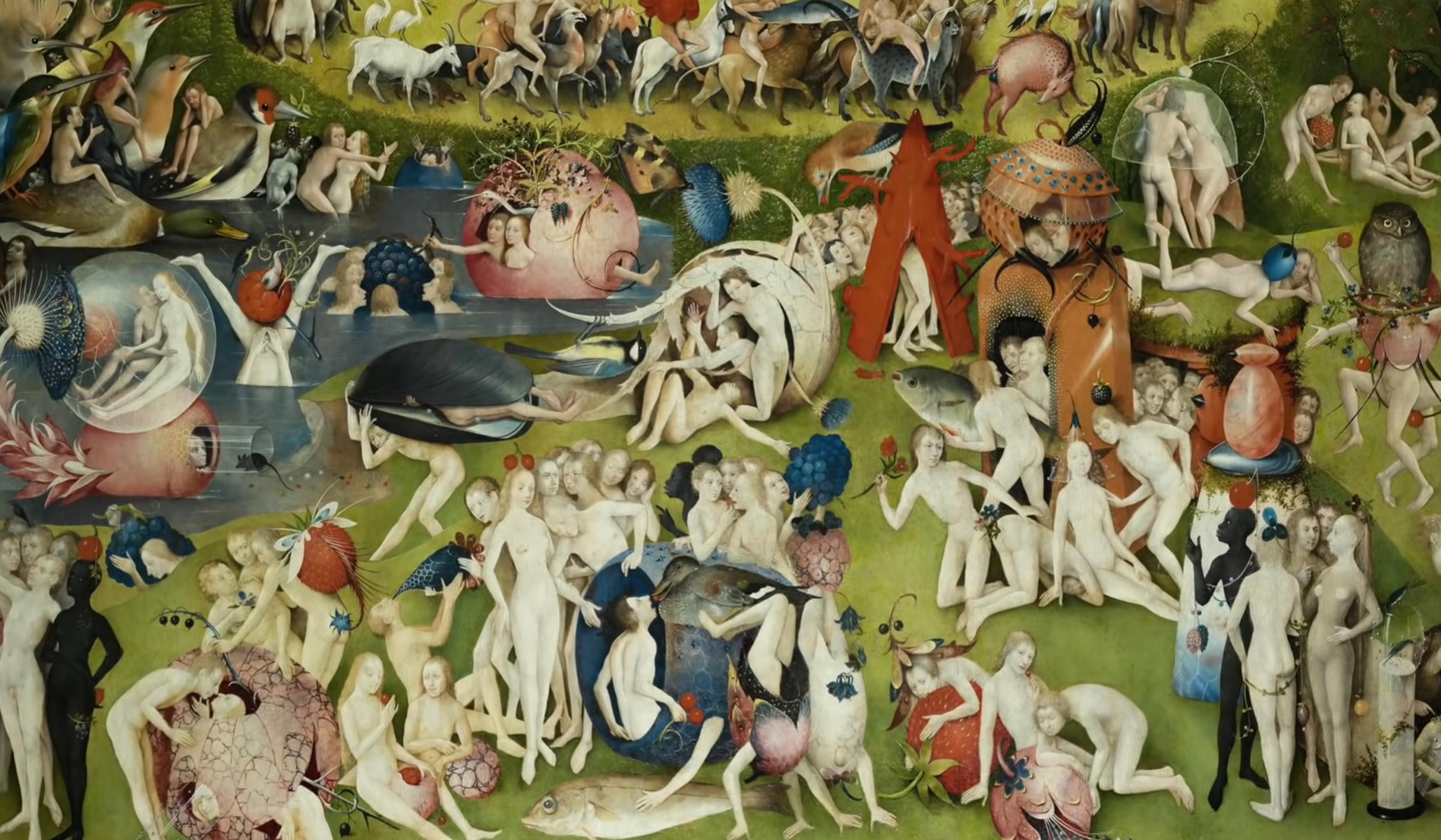
videoArt
Grotesque imagery meets religious conservatism in Hieronymus Bosch’s art
51 minutes
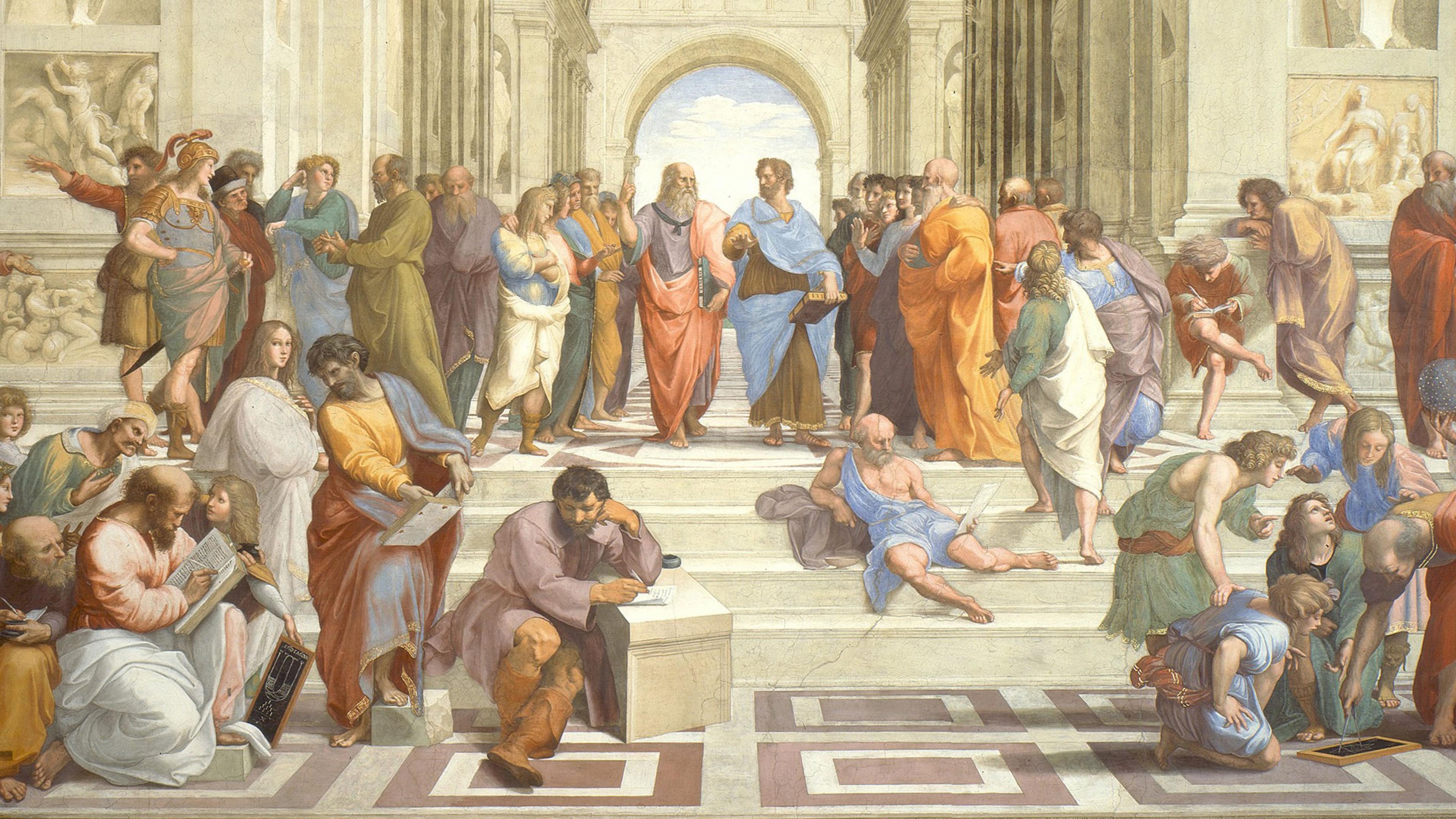
videoHistory of ideas
How to read ‘The School of Athens’ – a triumph of Renaissance art
25 minutes


